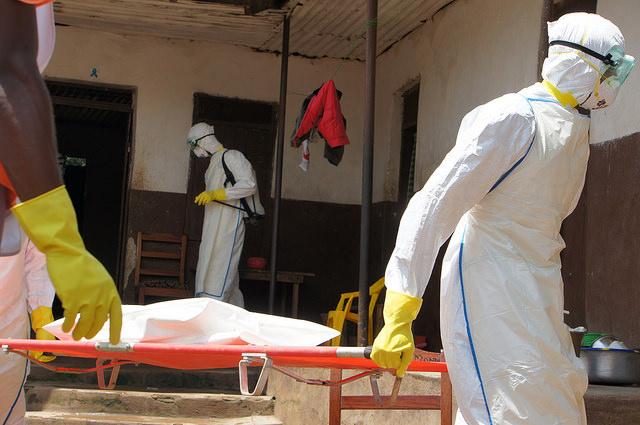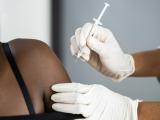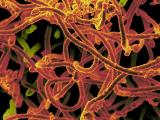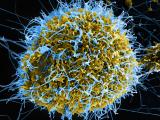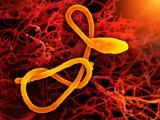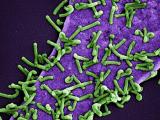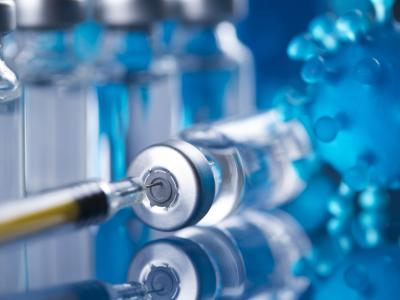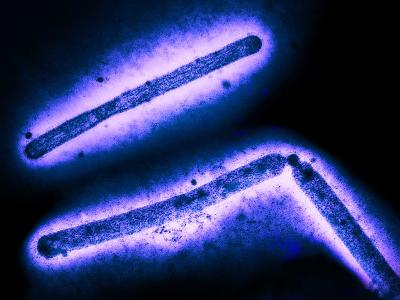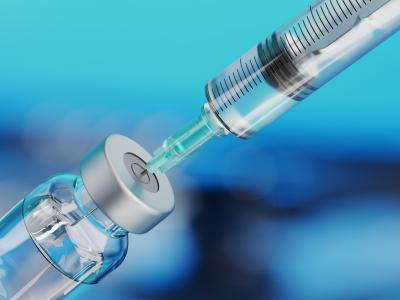Ebola activity has continued to increase in Sierra Leone in the past week, especially around the capital, while case numbers rose slightly in Guinea and a decrease in Liberia leveled off, the World Health Organization (WHO) said today.
The group said in its latest detailed outbreak update that although overall the three countries have enough capacity to treat all new cases, the uneven distribution of treatment beds is hampering the response goal of isolating and treating all Ebola patients, one of the keys to stopping the outbreak.
Earlier this week in an update regarding the United Nations Mission for Ebola Emergency Response's (UNMEER's) 90-day plan to tackle the outbreak, health officials said all three of the hardest-hit countries had met the Dec 1 goal of safely burying 70% of patients who die from Ebola. They added that Guinea and Liberia and some areas of Sierra Leone had met the Dec 1 goal of isolating and treating 70% of infected people. The next goal is to reach 100% for both measures by Jan 1.
The global Ebola total has now reached 17,145 cases, including 6,070 deaths through Nov 30, the WHO said. That represents 1,210 new cases and 381 deaths since the agency's last report on Nov 26. During that period, Sierra Leone reported 537 new confirmed cases and Guinea reported 77, while Liberia reported 43 new cases in the 5 days to Nov 28.
For the past several months, Liberia has had the most cases and deaths, but intense activity in Sierra Leone has put that nation within striking distance of being the hardest-hit country. Liberia has 7,635 cases, and Sierra Leone's total has grown to 7,312.
Liberia still has far more deaths than the other countries—3,145, compared with 1,583 in Sierra Leone and 1,327 in Guinea.
Patterns still evolving
Ebola activity is still intense in many parts of Sierra Leone, except for the south, the WHO said. The capital, Freetown, is still a hot spot, accounting for 202 of Sierra Leone's new cases.
Eight of the country's districts reported increases in new cases compared with the previous week. In the southern part of the country, two areas that had been hot spots earlier in the outbreak—Kenema and Kailahun—reported only one case last week.
In Guinea, Ebola activity has been slightly increasing since early October, but the WHO said the relative stability masks important changes in disease transmission there.
Over the past 3 weeks, a large number of cases were reported from eastern districts, and Ebola activity in Kankan district—and the surrounding areas of Kerouane, Kouroussa, and Kissidougo—is especially worrisome, the agency said. Local people are more likely to head north for treatment, the WHO said, including into neighboring Mali, rather than using existing treatment centers southeast of there in Gueckedou and Macenta.
The WHO said the lack of Ebola treatment and isolation centers in the northern Sahelian zone of the country, where local resistance to safe burial practices has been reported, makes the areas vulnerable to more Ebola infections.
Other areas of Guinea in which activity persists include the Faranah district in the central part of the country that borders Sierra Leone, Coyah, and the capital, Conakry, where case numbers have increased in each of the past 2 weeks.
Liberia's Ebola case numbers have stabilized after dropping from the middle of September until the middle of October, according to the WHO report. Montserrado district, which includes Monrovia, accounted for 79% of the new cases. Only four other districts reported cases in the same period.
Treatment capacity complexities
In its assessment of treatment capacity, the WHO said the measure is tough to gauge because of inconsistencies in how clinical teams report and interpret the isolation and hospitalization information.
A rough estimate using the number of cases and treatment beds suggests all three countries have the capacity to isolate all infected patients, but the WHO added that the situation varies by location. For example, southern Sierra Leone has treatment beds to spare, while large numbers of new patients stretch capacity in western regions of the coutnry such as Freetown and Port Loko.
The location of Guinea's treatment beds are uneven, located in Conakry and in the southeastern districts of Gueckedou and Macenta, the WHO said. It added that Ebola patients in northern and central districts must travel far to be treated. Treatment units planned for Kerouane, N'Zerekore, and Beyla districts should help even out the discrepancies.
The WHO said that, ideally, treatment beds should be located near a patient's home district to shrink the time between symptoms and treatment and reduce the risk of more transmission. Of the three countries, Liberia has the most evenly distributed isolation and treatment capacity.
Community care centers (CCCs) are smaller facilities that can be set up more quickly to isolate and treat patients, especially in rural areas, the agency said. CCC capacity varies widely among the three countries. Guinea has none, Liberia has two, and Sierra Leone has 190 treatment beds located in CCCs.
Other developments
- Pakistan's health ministry and the WHO have sent a rapid response team to Karachi to investigate a suspected Ebola case there, according to a joint statement yesterday from the two groups. The patient had symptoms after arriving at the airport upon his return from Monrovia, Liberia, and has been isolated at Jinnah Postgraduate Medical Centre. Though the patient's clinical condition has improved since arrival, the ministry and the WHO said it's important to comply with the full Ebola protocol. Given the man's travel history and the timing, he is epidemiologically linked to the disease until proven otherwise, the statement said. Test results on the patient's blood samples are due within the week. The statement said there are no other suspected Ebola cases in Pakistan.
- New York City health officials announced yesterday that all 114 health workers who cared for the city's first Ebola patient, Craig Spencer, MD, have ended their 21-day active monitoring period. The group includes Bellevue Hospital Center staff, first responders, and employees at the health department's lab. Spencer was isolated at Bellevue on Oct 23 after getting sick soon after arriving back from serving in West Africa. He recovered and was released from the hospital on Nov 11. Officials also said as of yesterday they are monitoring 222 people who arrived in New York City in the past 21 days from four Ebola-affected countries.
- The US Defense Threat Reduction Agency (DTRA) has awarded a St Louis company a $2.3 million contract to develop and test an isolation system to safety evacuate people who have been exposed to Ebola, Global Biodefense, an independent media outlet that focuses on emerging infectious diseases and chemical, biological, radiological, and nuclear (CBRN) threats, reported yesterday. Production Products Manufacturing and Sales Co, Inc, will develop a palletized modular system to ease the transport of infected or potentially infected people on military aircraft. The same company developed the containment system used by Phoenix Air to evacuate all four Ebola patients who were airlifted to the United States.
- Ceres Nanosciences Inc, based in Manassas, Va., announced yesterday that it has launched a program to develop a new test to detect the Ebola virus in saliva. A $430,000 grant from the Bill and Melinda Gates Foundation is supporting the project, and Ceres is collaborating with George Mason University and the US Army Medical Research Institutes of Infectious Diseases (USAMRIID), according to a statement yesterday from the university.
See also:
Dec 3 WHO Ebola situation report
Dec 2 WHO statement
Dec 2 NYC Health statement
Dec 2 Global Biodefense report
Dec 2 George Mason University statement
